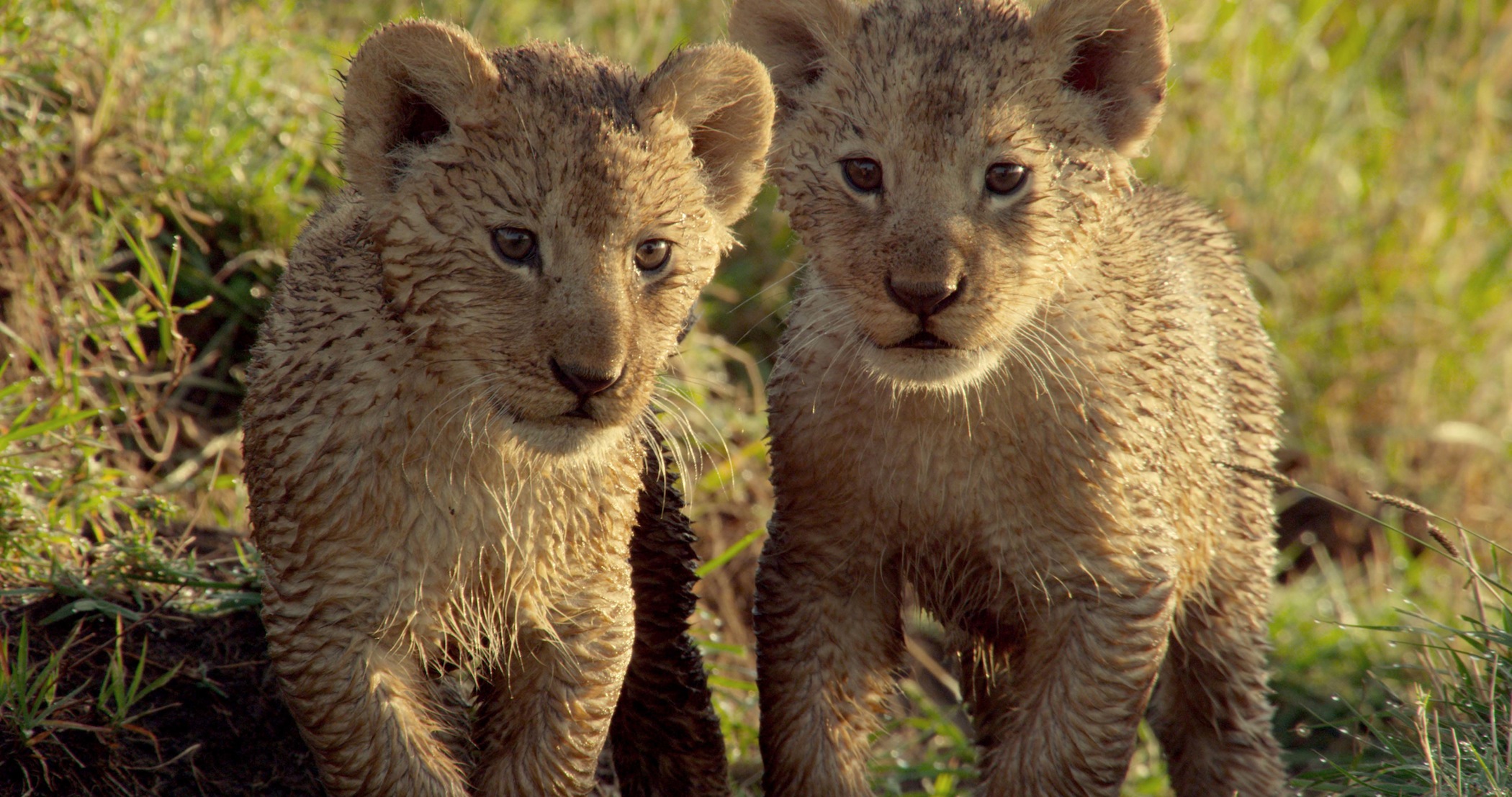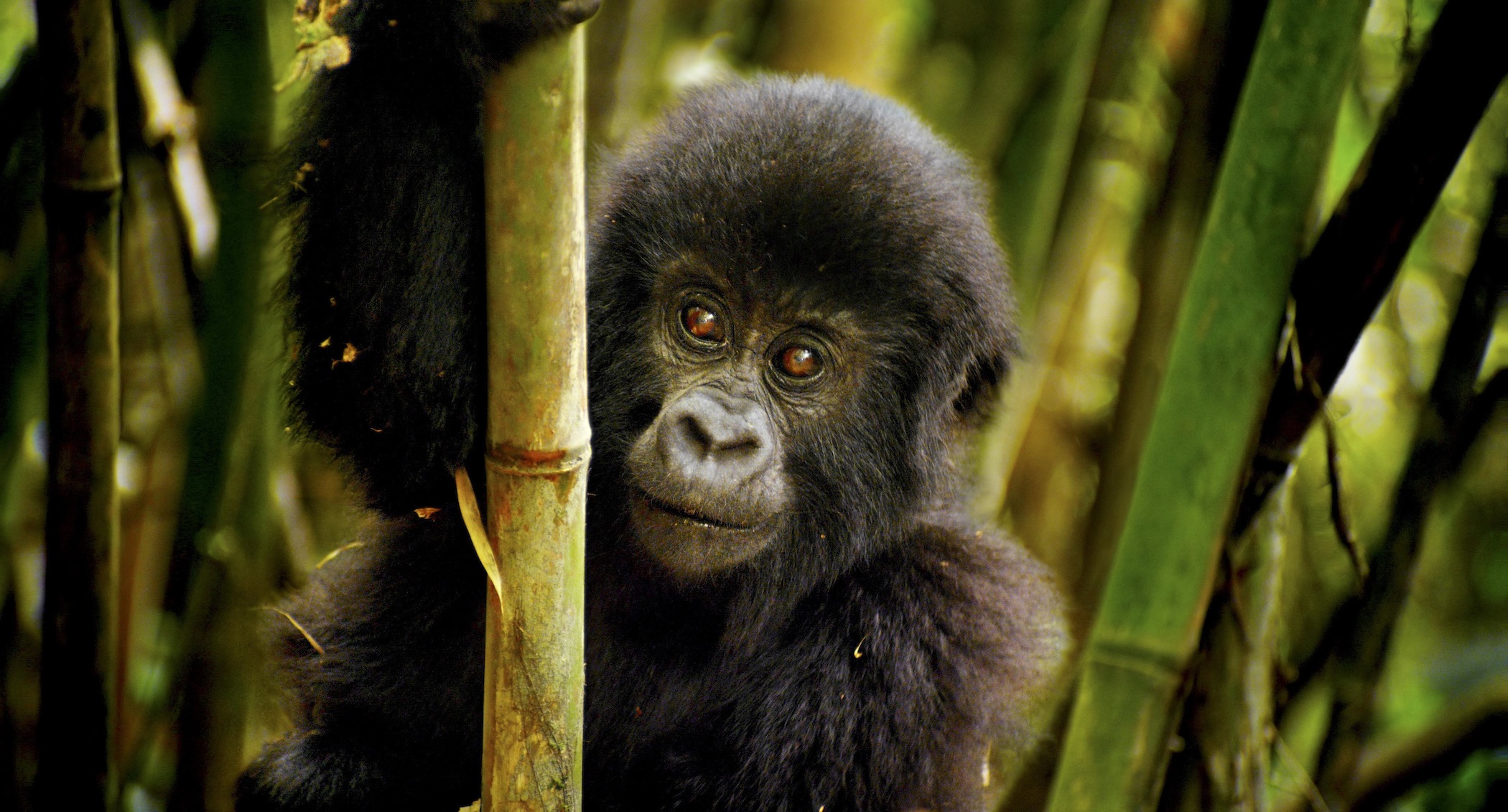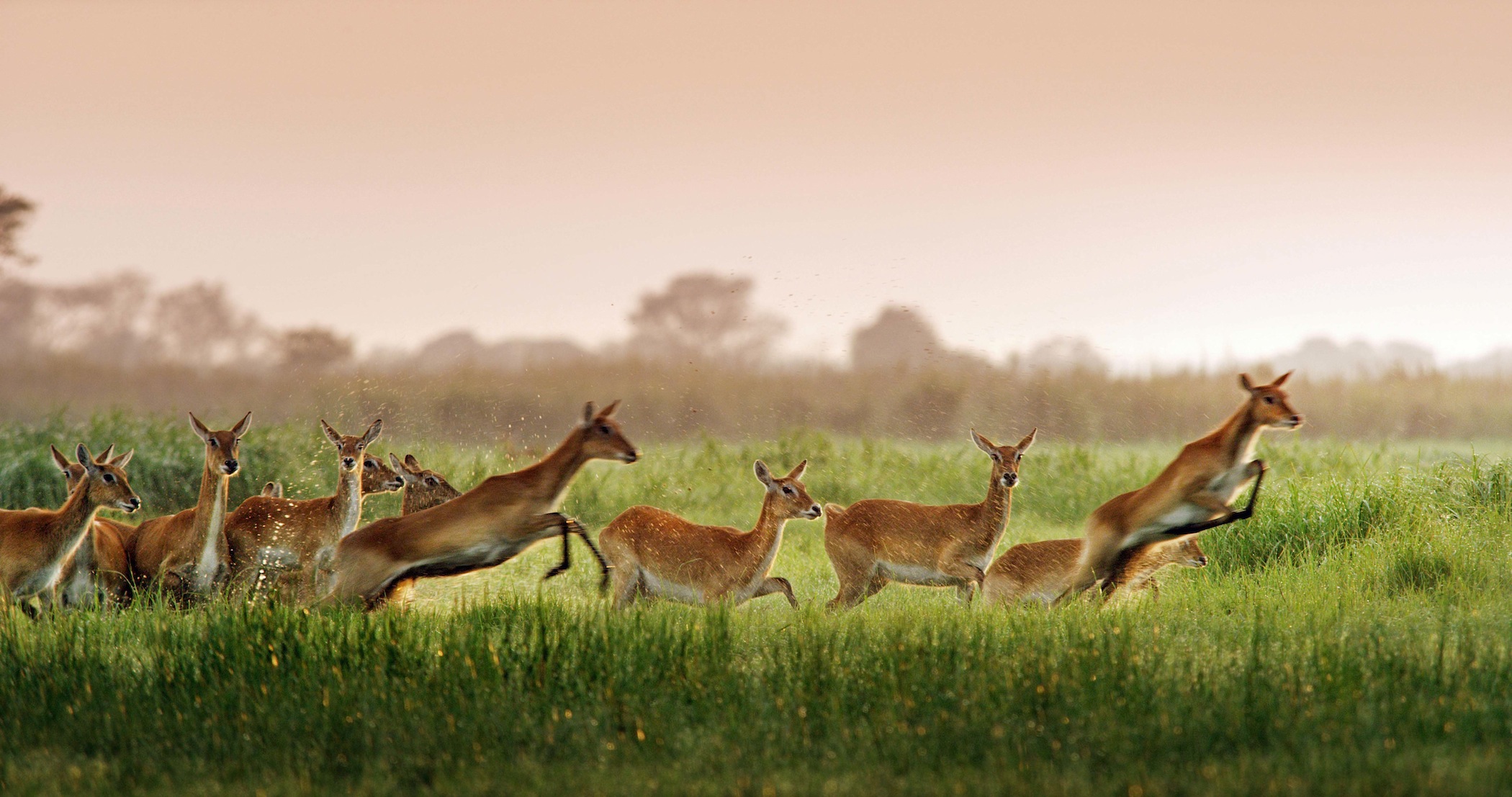If you go
› What: “Wild Africa 3D” test screenings.› When: 4, 6 and 8 p.m. Friday-Saturday, June 24-25; 4 and 6 p.m. Sunday, June 26.› Where: Imax Theater, 201 Chestnut St.› Admission: Tennessee Aquarium members, $8 adults and children; nonmembers, $11.95 adults, $9.95 children 3-12; Imax Club pass holders, free.› Website: www.tnaqua.org/plan-your-visit/ticket-information.
‘Wild Africa’ by the numbers
573: Filming days to capture the spectacular 3-D footage126: Porters needed to carry camera equipment up Mount Kenya1,000: Feet of cable used for one shot over Victoria FallsSource: Tennessee Aquarium
A screening of a new film at the Tennessee Aquarium's Imax Theater this weekend, June 24-26, will take viewers across Earth's second-largest continent.
"Wild Africa 3D," produced by award-winning filmmakers BBC Earth and Giant Screen Films, travels across, over and through some of the wildest places left on Earth. From the highest snow-covered mountains in Kenya, along great rivers, into steamy rain forests and wide-open savannas, "Wild Africa 3D" reveals the striking contrast between stunning deserts and the sunlit abundance of coral reefs.
Water is the interconnecting force of this kingdom, serving as a guide, shaping wild Africa and conjuring up life wherever it journeys, says Aquarium communications manager Thom Benson.
Through 3-D technology, the audience flies along the Great Rift Valley following the twisting rivers to discover a family of elephants on their search for water. Other animals featured include hungry crocodiles waiting at water holes for the annual wildebeest migration on the savannas of the Serengeti; a family of mountain gorillas in the forests of Rwanda; and thousands of flamingos performing an extraordinary mating display in the volcanic Lake Bogoria.
In a final giant-screen experience, the movie chases the great rains of the African summer storms that annually bring life to the continent.
"Life flourishes everywhere fresh water exists on our planet," says Dr. Anna George, director of the Tennessee Aquarium Conservation Institute. "We live in one of the most biodiverse areas on the planet because of the geology and climate of the watersheds across the Southeast. This film affords us an opportunity to view how fresh water, moving from the mountains to the sea, also shaped the ecological communities on another continent."
Co-director and producer Neil Nightingale says the aim with "Wild Africa" was to shoot "the most ambitious 3-D wildlife photography ever for the giant screen."
"We want to transport audiences on a thrilling journey through Africa to discover how water shapes all life," he says. "To achieve this, we had to design and build bespoke 3-D rigs for almost every situation and assemble a unique mix of talent so we could film in the toughest wild locations using a whole range of photographic techniques to put giant-screen audiences right in the heart of some of the most awesome landscapes and dramatic wildlife on Earth."
The crew captured footage in 30 locations, endured minus-10 Celsius temperatures (14 degrees F) on Mount Kenya and transported tons of camera equipment across 13 countries over nearly two years.
The result, Benson says, is an immersive cinematic experience that is breathtakingly beautiful, especially when shown with the Aquarium's new Imax With Laser projection system.



